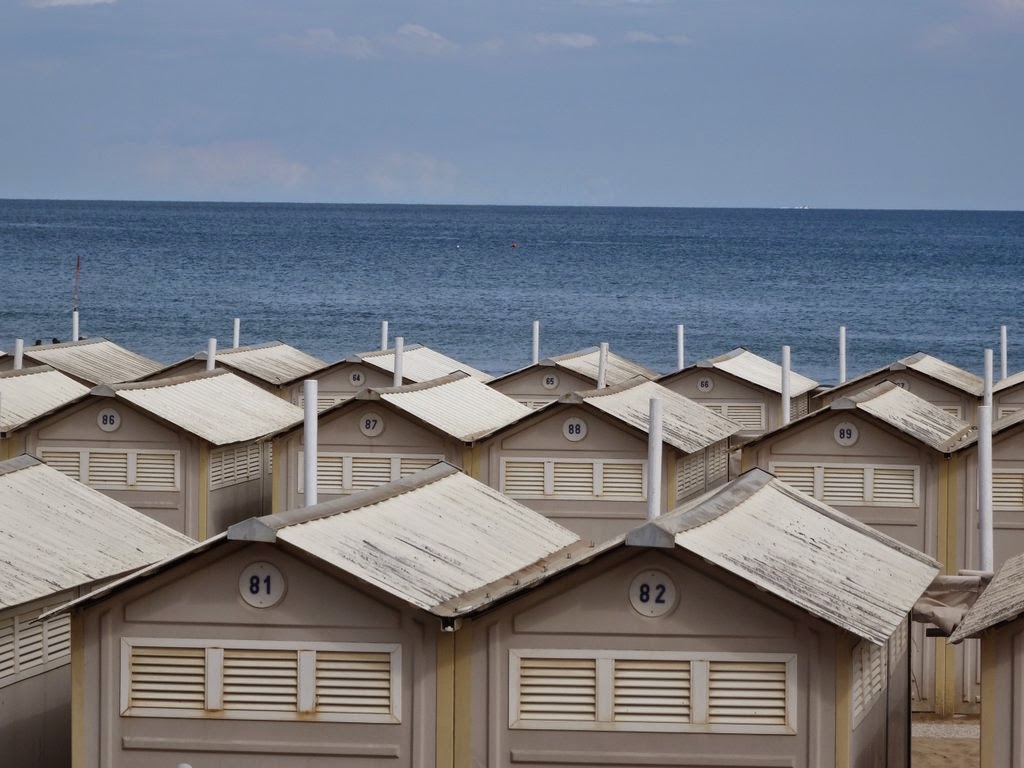Venice really came into being as a populated place in about 1672 when the Roman Empire collapsed, northern Italy was overrun by the huns and the local population, unprotected, sought refuge in the swampy lagoon. There were a few natural islands, and where there were none, people collected silt, enlarging the natural channels, and piled it on the shallower sandbars, building them higher above sea level. I found it fascinating that these sandy muddy piles of silt have formed a stable base for magnificent and extremely heavy stone structures. How could this be? Surely the stone would gradually sink into the canal? Well, Venice is sinking, but extremely slowly. The reason it doesn't just quickly disappear is the infrastructure. Below the whole city are forests of wood, layered on pylons from the same forests, driven deep into the mud. Venice was an important economic and shipbuilding port, so there was much sea traffic, which provided a steady flow of imported timber. There were so many trees harvested for this purpose that elsewhere there are vast areas of Europe made barren in order that Venice could exist-
https://sites.google.com/site/venicestory/geography/sinking-of-venice. It is said that under the Doge's palace alone are 12 million trees. (largely Alder and Larch)
 |
| William loving it. |
 |
On a ferry
|
But I digress.. back to the islands. Before Venice became so populated, it was a less significant village, and the main centre was on an island called Torcello, further north in the same lagoon. Torcello is worth a visit. Not much remains, as when Venice itself started taking over, much of the materials from civilised Torcello were used for construction in Venice, so virtually everything was dismantled. The current population of Torcello is 10 (yes, 10 people!) which makes it eerily quiet and spooky, especially after the mass humanity of Venice, all crammed together and funnelled through tiny lanes and canals.
 |
| Torcello. I can see a resident |
 |
| No signs of habitation here |
 |
| The devil's bridge. Not wheelchair friendly. Blurry photo.. had to run for the ferry |
Torcello is even more ghostly in the evening, and the combination of being the only people waiting for a ferry with an approaching storm, it was a little freaky.
Burano is a really pretty island and village, marked by its brightly coloured houses along its winding canal.
 |
| Waiting for the ferry |
As darkness fell, we realised that we were close to being marooned here and a dramatic thunderstorm accentuated our anxiety. We had planned to have dinner here, but the locals were shutting shop, so we headed for the ferry terminal.
 |
| Surreal evening... then...... |
 |
| Armageddon approaches. Unenhanced photo. |
Boarding a ferry, the storm hit. We ended up cold and hungry on the wrong side of Venice. What to do but have pizza? We ate late and skipped across town, navigating by the ghostly light of the iPad, without which we would have perished. (poetic licence!)
 |
| Home late, but alive |
Lido is another world.
This is the Adriatic resort island that separates the sea from the lagoon. It's a 20 minute ferry ride and suddenly you are in a whole different place. Think Gold Coast, combined with Nice, celebrities (BTW Stephanie spotted David Wenham in Venice), money, plush hotels.
But also add cars (so nice to not hear or see or breathe them in Venice!) and bicycles!
 |
| Not beach weather |
 |
| Suddenly it's beach weather |
 |
| Looking good. |
I wandered, gandered, and floundered around. It was wonderful to plunge into the sea briefly, and also to lie in the sun (long enough to get a little burnt!) I should mention that the weather in Venice had been decidedly unSummer-like, with lots of cloudy days. My lie on the beach coincided with the only hour of sunshine on the day I visited.











































No comments:
Post a Comment